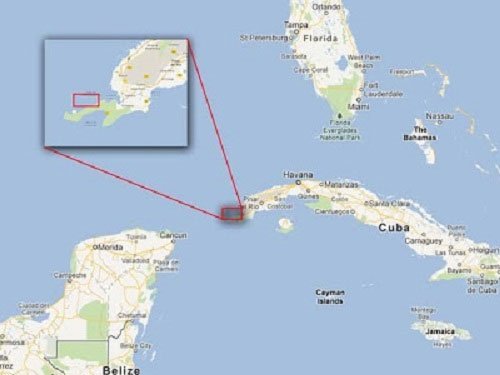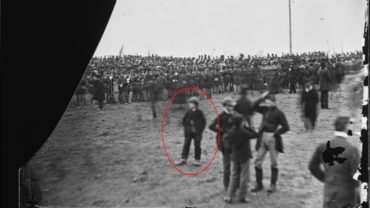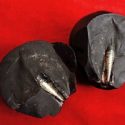Pyramids Discovered Under Water Off Coast of Cuba, Might be Atlantis
A team of Canadian and Cuban researchers uncovered the remnants of a 6000-year-old metropolis submerged in deep waters off the west coast of Cuba.
Paul Weinzweig, an offshore engineer, and his son Ernesto Tapanes employed advanced sonar and video cassette instruments to find “some kind of megaliths you’d find on Stonehenge or Easter Island,” to Weinzweig.
“Some structures within the complex maybe 400 meters long and 40 meters tall,” he claimed. “Some people are piled on top of one another. They have very distinct shapes and non-natural symmetrical designs. Nobody has indicated they are natural after we showed them to scientists in Cuba, the United States, and abroad.”

Mr. Weinzweig added that images taken from the videotape still indicate “symbols and inscriptions,” according to an anthropologist affiliated with the Cuban Academy of Sciences. The language in which the inscriptions are written is unknown.
He went on to say that the sonar images are very similar to the pyramidal designs of Mayan and Aztec structures in Mexico.
According to Mr. Weinzweig, it is too early to draw definite judgments based on the facts gathered thus far. The research team intends to return to the site, which is located off the coast of Cuba’s western edge on the Guanahacabibes Peninsula. It aims to produce with the first deep-water mobile excavator, which will fit with capabilities for on-site archeological evaluation, such as the capacity to blow the sand off the stone.
Recently, geologists believed that a land bridge formerly connected Cuba and Mexico’s Yucatan peninsula. In the distant past, parts of Cuba’s island were submerged three times. We had to have our buzz gone equipment with us because there were a lot of mosquitoes there.
The structures are on a plateau that is thought to be the bottom of a mud volcano, 650 to 700 meters below sea level and along a geological fault line. “It’s common knowledge that ancient civilizations preferred to construct near volcanoes because the area is fertile. Mr. Weinzweig remarked, “So that’s suggestive.”
According to one enticing theory, if the legendary sunken continent of Atlantis is ever confirmed to have occurred, these structures may have been submerged during the same calamity.
Mr. Weinzweig only states that further data is required. “We’d want to steer clear of that topic.” This has a lot of scientific potentials, but it needs to involve some genuine ancient civilizations experts.”
Although Cuban archeologists excavated a land-based megalithic building on the western coast, adjacent to the latest underwater discovery, in 1966, the exact age of the underwater site is uncertain. “We’re thinking that these are 6,000 years old based on that and other geological evidence,” he explained.
“They’re not accurate, but they’re ancient.”
If that estimate of 500 years is correct, an ancient civilization developed and built these massive stone structures in the Americas barely 500 years after human settlements were organized into cities and governments.

They were also constructed before invented the wheel in Sumeria (3500 BC), or the sundial was invented in Egypt (3000 BC). Between 2900 and 2200 BC, the three pyramids on Egypt’s Giza plateau are estimated to have been built.
Advanced Digital Communications, the couple’s Havana-based company, uncovered the location by using side-scan sonar technology to observe what appeared to be an underwater city complete with roads, buildings, and pyramids.
The team returned this summer with a 1.3-tonne uncrewed Remotely Operated Vehicle operated by fiber-optic cable from the mother ship. Its cameras verified the earlier results, revealing massive granite-like chunks ranging from two to five meters and carved in perpendicular and circular patterns.



